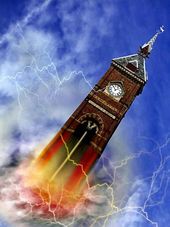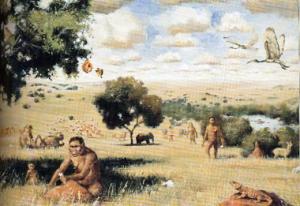
© Unknown
In what must be the most touching and useful tribute to departed author Arthur C. Clarke ever attempted, a group of scientists authors are trying to dare time travel into existence. Sir Clarke famously stated that "when a [distinguished scientist] states that something is impossible, he is very probably wrong". And a lot of distinguished scientists just told
LiveScience "Time travel is absolutely impossible".
The authors, including Charles Liu (author of
One Universe: At Home In The Cosmos), Brian Greene (of
The Elegant Universe) and Michio Kaku (
Hyperspace) float a raft of objections to trans-temporal travel. True to Clarke's statement, sometimes affectionately known as "Clarke's Law", each objection seems more like reason to expect time travel than rule it out. Professor Greene states that all time-travel theories operate at the very boundaries of known physics, and are therefore unlikely to work. As opposed to, say, the boundaries of our understanding being where new discoveries are made. As Sir Clarke said years ago: "The only way of discovering the limits of the possible is to venture a little way past them into the impossible".
